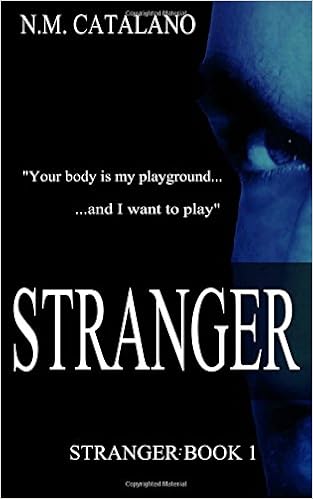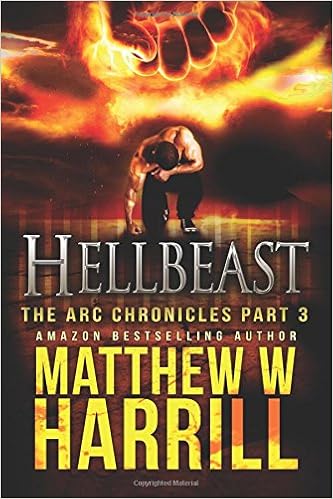Greetings, commies and social justice warriors!
Today's guest is a fellow Penmore Books author, Patrick Gabridge - a playwright and novelist. I have to admit, it took me a long time to muster the audacity to write this post. Every time I try to engage in a conversation about race, let's just say, they don't end well. At any rate, this post is not about me. It's about my guest of honor, Mr. Gabridge, and his hero Robert Smalls, an African-American hero who crafts a daring plan to steal the steamship Planter and deliver it, along with crew and their families, to Union blockade.
______________________
My thoughts:
Patrick
Gabridge's Steering to Freedom is an
absolute must-read for all history majors focusing on American Civil War.
This novel is an authentic account of one man's rise to heroism and assumption
of a task that's nothing short of apostolic. It's also a must-read for anyone
contemplating getting involved in social activism around the delicate and
volatile issue of interracial relations. I find that many well-meaning
individuals lack that background knowledge and have a rather cartoon-like
two-dimensional understanding of history and the racial factor. The nature of
the interracial conflict constantly changes. Racism is like cancer. You
think you've got the right diagnosis, and you start a chemo protocol, and you
think you're making progress towards victory, and then realize that the
malignant cells have mutated and become resistant to the drug, and now you need
to find a new protocol. The remedy that was relevant 50 years ago is not relevant
today. You have to reevaluate the nature of the disease and come up with new
treatment.
Incidentally, I know that the author has a deeply personal interest in African American heritage and advocacy for that particular group. Perhaps, I should warn my mixed audience that I'm coming from the "I'm color-blind" and "all lives matter" camp. (Yes, I know I'm taking risks of being crucified as a callous, ignorant, privileged republican middle-class white woman for saying that). Robert Smalls is not a "black hero". He's a hero, period. Who happens to be black. His wife Hannah, the mother of his children, whose love serves as a catalyst to Robert's daring actions, is not a "strong black woman", as some readers might be tempted to label her. She is just a woman, a mother, whose physical and emotional resilience are result of fight for survival. As I was reading Steering to Freedom, the color of Robert's skin was not constantly on my mind. I don't know if that was the intention of the author.
Gabridge's creative activities go beyond writing fiction. He is also a playwright, and his talent for dramatic dialogue is very apparent. I would love to see him adapt his own work to stage. His protagonist is an icon of courage and self-sacrifice, and a role model for all men - regardless of the color of their skin.
Incidentally, I know that the author has a deeply personal interest in African American heritage and advocacy for that particular group. Perhaps, I should warn my mixed audience that I'm coming from the "I'm color-blind" and "all lives matter" camp. (Yes, I know I'm taking risks of being crucified as a callous, ignorant, privileged republican middle-class white woman for saying that). Robert Smalls is not a "black hero". He's a hero, period. Who happens to be black. His wife Hannah, the mother of his children, whose love serves as a catalyst to Robert's daring actions, is not a "strong black woman", as some readers might be tempted to label her. She is just a woman, a mother, whose physical and emotional resilience are result of fight for survival. As I was reading Steering to Freedom, the color of Robert's skin was not constantly on my mind. I don't know if that was the intention of the author.
Gabridge's creative activities go beyond writing fiction. He is also a playwright, and his talent for dramatic dialogue is very apparent. I would love to see him adapt his own work to stage. His protagonist is an icon of courage and self-sacrifice, and a role model for all men - regardless of the color of their skin.











